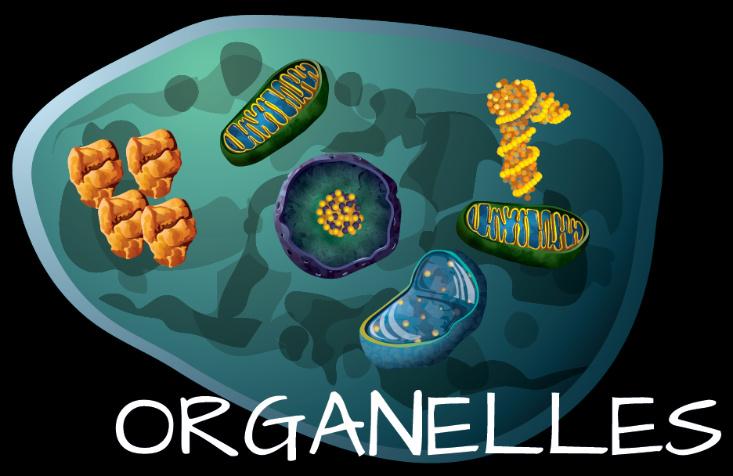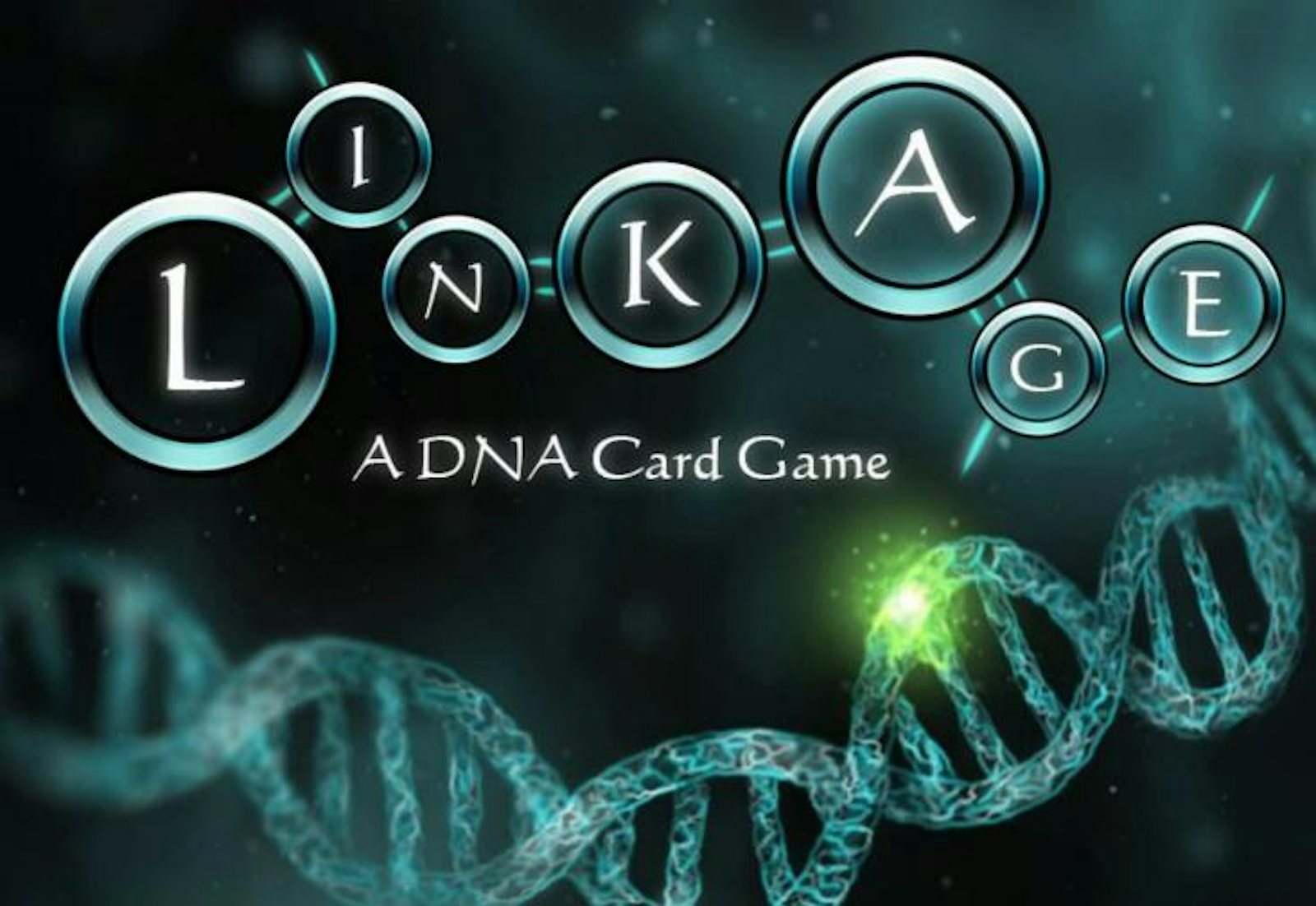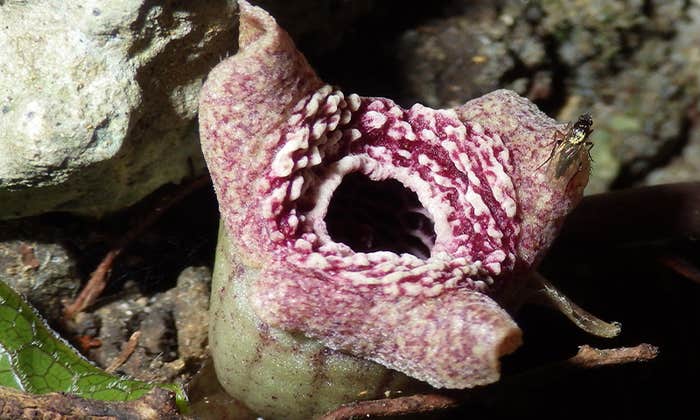
High school biology class. You’re sitting in the back of the room. A ladder-like strip is drawn sideways across the whiteboard. There’s a strange blob seemingly tearing up the ladder from within and a comb-shaped strand sticking out beneath the blob. While looking at your phone and flicking from one social media channel to the next, you intermittently wonder: Is the ladder supposed to be attacking the comb? Looks like an alien or something. Maybe it’s eating the comb. Actually, you’re kind of hungry. Wonder how long till lunch…
Maybe this standard lesson on DNA transcription made perfect sense at the time and has stuck with you ever since. Maybe you understood it come college or grad school. Or maybe, if you were the dreamer in the back of biology class, you have no idea what I’m talking about.
Middle school science teacher John J. Coveyou thinks he can ease the learning process. “I’ve been a gamer for quite a while,” says Coveyou, who currently teaches chemistry and physics at Providence Classical Christian Academy in St. Louis County, Missouri. While playing a fantasy board game, “Some of my friends and I were debating the power of one Orc [a fictional human-like beast] versus another.” Coveyou thought, “We’re freely engaging in complex material here that’s not even real. Why not transfer this gamer zeal over to the real world? Can we make gamers avid about science?”
This modest epiphany led to Coveyou’s first, unpublished project in 2011, titled, “Atomic Zero,” a post-apocalyptic game about a scientist who’s trying to restore humanity. “It wasn’t a good game,” he admits. This year, Coveyou published a more polished one. Linkage, produced by his company, Genius Games, challenges players to master the process of DNA transcription, following the rules that govern how real transcription is carried out in our cells. Linkage was funded on Kickstarter, raising over three times its initial goal, and is now for sale.
“Learning is an unavoidable consequence of playing.”
The game includes 56 cards that correspond to biological entities like guanine, cytosine, adenine, thymine, and uracil, the building blocks of all RNA and DNA. To see if Linkage can really inspire a gamer to geek out on biology basics, I sat down to play a round. The game is recommended for ages 10 and up, and I was confident my partner in game-playing—a college-educated adult, though one who hadn’t studied biology since high school—and I could master it.
The game begins with a promoter card, the first element of the DNA template. Turns then start by flipping a card from a DNA deck and connecting it to the promoter. Then each player attempts build their own complementary genetic strands by matching RNA cards in their hands to the growing DNA template. The round’s up when the terminator card is drawn, and the player with the greatest number of points wins.
“It’s a Uracil!” says my partner, upon drawing from the RNA deck. Proudly playing the orange uracil card beneath the DNA’s adenine, he adds, “Now what this has to do with actual RNA, I have no idea.”
According to Coveyou, it doesn’t matter if players absorb the exact terminology. Realize it or not, “when you’re playing, you’re actually mimicking the exact process that you would learn in high school biology class, except you’re doing it in a game.” As with most games, after playing a few rounds (each takes 10 to 20 minutes), you figure out the rules—both of the game and of biology. The DNA transcript starts with a promoter; cytosine bonds with guanine. “Learning is an unavoidable consequence of playing,” says Coveyou.
Even to two players in their 20s, the game play involves a lot of specific instruction and detail. “Okay, so I have one of four confusing options,” my partner says upon beginning his turn. He can either add an RNA card to his own strand, repair his RNA strand, mutate my RNA strand, or mutate the DNA template. Then, there are two secondary actions that involve discarding or trading an RNA card. The game’s weakness lies here, in the complexity of getting started. These intricacies of play may hinder on-the-fence players from delving further, especially when there’s a game promising instant gratification in a nearby computer, cell phone, or tablet. Linkage won’t suck in millions of people like the most popular video games, but it could serve as a useful teaching aid.
“I would envision including this as a supplement,” says visiting assistant biology professor Veronica Segarra at Rollins College in Florida, who backed Linkage’s Kickstarter campaign and purchased several decks to use in class. Segarra says the game allows students to get into the concepts and terminology of biology without the pressure of a conventional, inhibiting classroom setting. “Science is not only about learning about the natural world, but finding new ways to learn about that world. We’re more likely to find those new ways when we explore through play.”

Indeed, past studies find that certain video and board games can serve as powerful educational tools. A 2008 study, for example, saw that after playing number-based board games for just an hour, low-income preschoolers significantly improved at number-based tasks like numeral identification, comparing number values, and basic counting. And in the journal Computers and Education, Juan C. Burguillo writes that survey results from a span of 10 years suggest that the combination of a game’s strategic decision-making and competitive nature can motivate students to learn underlying lessons.
Games have also been used successfully used for real-world education. One famous (and powerfully nostalgic) example is The Oregon Trail, a computer game that showed students in the 1970s and 80s the harsh realities of the 19th-century Western migration, from snakebites to cholera. A few years later, Where in the World is Carmen Sandiego made research skills and geography “entertaining enough to disguise the fact that you might be learning something while you play,” according to Compute! magazine’s 1986 review of the game.
Though yet to build a game with quite the same addictive nature of those classics, Genius Games can be seen as the most recent chapter in this visual, play-based learning movement. Its latest offering, Peptide—now in the home stretch of its own Kickstarter campaign—involves the critical process of RNA translation: assembling a string of amino acids to form a protein. Well-designed cards combined with strategy and some healthy competition help make the concept more approachable for people who might zone out during a class lesson. And who knows what a little extra engagement with science in high school can mean for later in life.
“It allows [students] to grasp the basics of biology and use those basics to move into higher levels of learning,” says Segarra. Games like this allow us to “think outside of the box and innovate, and I think that’s what science is all about.”
Becca Cudmore is an editorial intern at Nautilus.






























